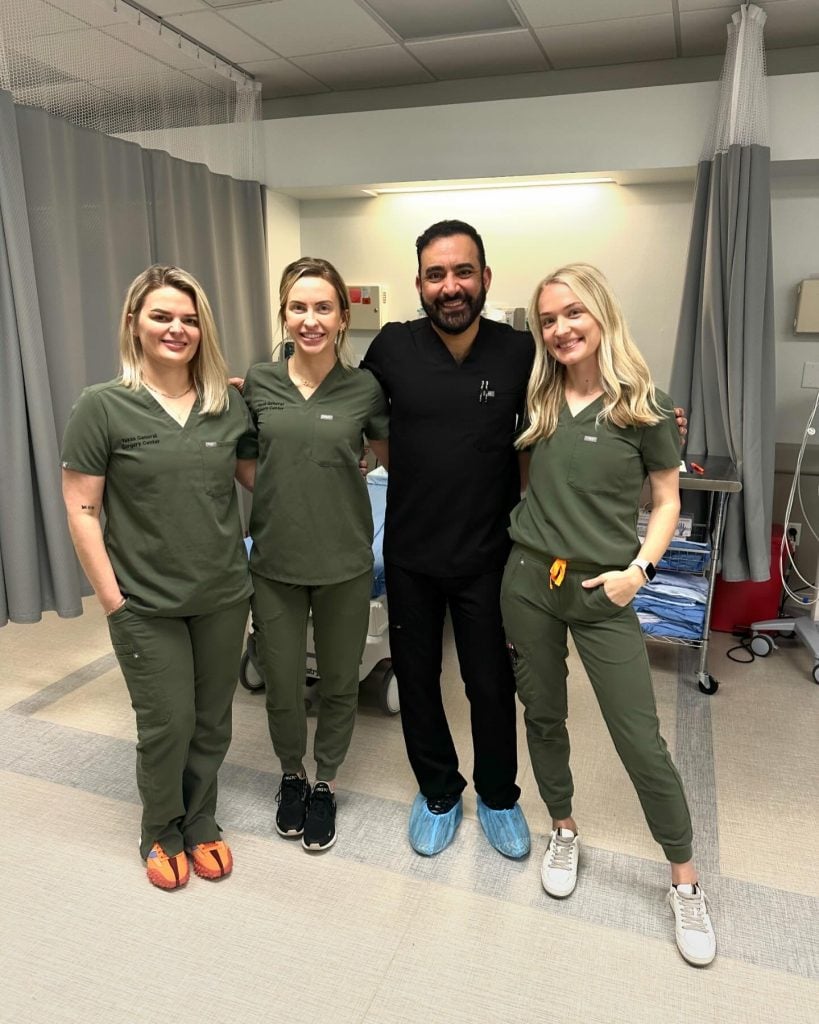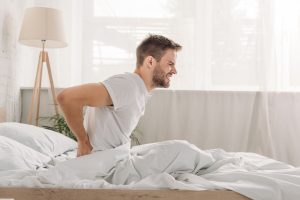Lower back pain is one of the most common reasons people visit a doctor or miss work. It affects everything from walking and sleeping to lifting your kids or sitting at your desk. But did you know that extra weight may be one of the hidden causes behind your lower back pain? The link between body weight and spine health is stronger than many people realize.
Here’s what you need to know about how losing weight can help relieve lower back pain, along with back-friendly tips to safely begin your journey toward pain relief and better health.
Why Weight Affects Your Spine
Your spine is designed to carry and support your body weight. When you’re overweight, especially around the belly, your spine has to work harder to stay balanced and upright. This adds stress to the lower back (lumbar spine), which can cause pain, muscle strain, and even disk issues.
“Carrying extra pounds puts more pressure on your spine. Over time, that pressure can lead to chronic pain, arthritis, and mobility issues,” explains Dr. Ghalambor, a fellowship-trained interventional pain management specialist at NorTex Spine & Joint Institute.
Extra weight can also cause inflammation throughout the body. Inflammation may increase sensitivity to pain and slow your recovery if you already have a back injury.
How Weight Loss Helps Lower Back Pain
Losing even a small amount of weight can take pressure off your spine. For example, every pound lost can take up to four pounds of pressure off your lower back. That’s a big return on investment for your health.
Weight loss may help you:
- Reduce pressure on spinal joints and disks
- Lower inflammation throughout the body
- Improve posture and core stability
- Increase energy and mobility
- Make physical therapy and exercise easier
“Our goal is not just pain relief—it’s better function and long-term results. Weight loss, when combined with the right treatment plan, can truly transform outcomes for many of our patients,” says Dr. Ghalambor.
Back-Friendly Ways to Lose Weight Safely
If you have chronic back pain, losing weight might feel hard—but there are safe and gentle ways to begin. Always talk with a back pain weight loss specialist or your doctor before starting a new routine.
Here are proven tips:
1. Start with Low-Impact Exercise
Choose workouts that protect your spine:
- Walking in short bursts
- Swimming or water aerobics
- Stationary biking
- Gentle yoga or stretching
- Resistance bands to build core strength
Look for a personal trainer for back pain weight loss who understands your limits.
2. Eat to Support Your Spine
A healthy diet reduces inflammation and supports healing. Try a diet plan for lower back pain relief:
- Lean proteins (chicken, fish, tofu)
- Colorful fruits and vegetables
- Whole grains (brown rice, oats, quinoa)
- Healthy fats (olive oil, nuts, avocado)
- Drink water, skip sugary drinks
A nutritionist for back and spine health can personalize your plan.
3. Get a Personalized Program
Every spine is different. You may benefit from a weight loss program for back pain built by experts who understand how body weight, posture, and back muscles work together.
Ask about:
- Exercise program to reduce back pain
- Spine health assessment
- Back pain relief program
- Chiropractor for weight-related back pain
When to See a Specialist
If back pain is interfering with your daily life, it’s time to get help. At NorTex Spine & Joint Institute, we offer comprehensive care that blends medical weight loss, advanced spine diagnostics, and interventional pain relief strategies.
We invite you to:
- Book back pain consultation
- Schedule a spine health assessment
- Sign up for a back pain relief program tailored to you
Our team proudly serves patients in Fort Worth, Allen, Coppell, and Garland, TX.
“We take a whole-body approach to pain. That means looking at your weight, posture, fitness, and overall health—not just the spine in isolation,” shares Dr. Ghalambor.
Transparency Statement
While NorTex Spine & Joint provides specialized care, many reputable clinics offer similar trea
Losing weight isn’t always easy, but when done safely and with expert guidance, it can relieve pressure on your back, reduce pain, and restore the freedom to move with less discomfort. Start small, stay consistent, and lean on professionals who can help you take the next step toward a pain-free life.
Additional Resources:
https://www.mayoclinichealthsystem.org/hometown-health/speaking-of-health/7-common-low-back-pain-faq
https://www.webmd.com/back-pain/what-helps-with-lower-back-pain








